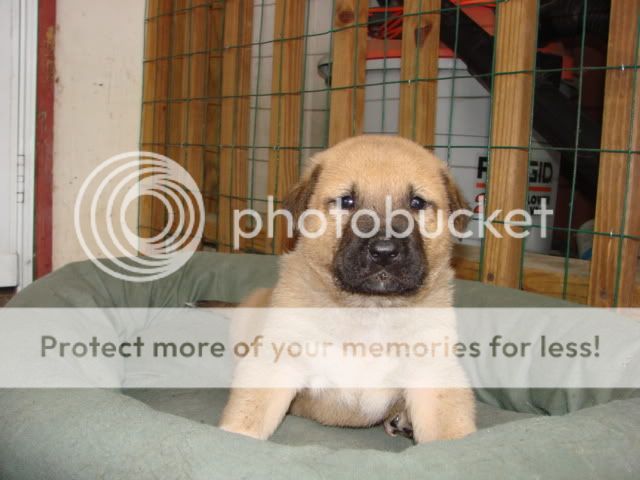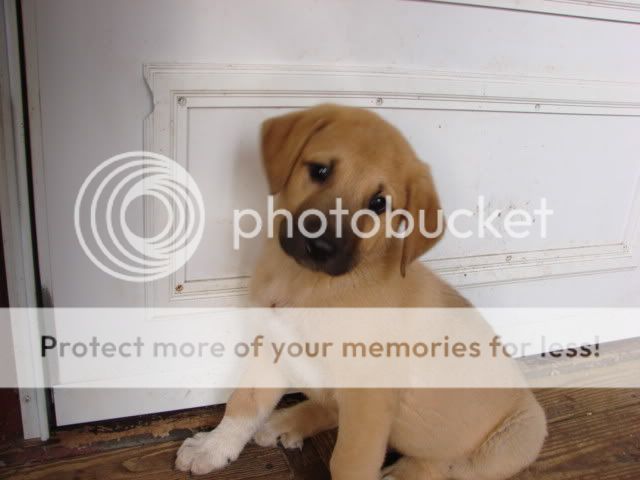Hi all!! I am in need of some help!! I need some suggestions on how to train my new puppy to not chase my chickens!!! As some of you know I lost my little Jack last week to a hawk. The very next day while I was at work, the hubby and kids were outside with the dogs and the puppy grabbed my poor Pearl, aka Boo Boo, and luckily she is ok, she had just a small cut on her back and it is mostly healed up now. So since that event, I started rotating shifts...lol. I have the dogs out early, then let the girls out for a bit, lure them back into the pen, let the dogs back out, then let the girls back out..sheewweee, that is a lot of work. No let me just say, my other 2 dogs are absolutly fine with the chickens and helped me raise them in my living room last spring! It is just this new puppy that is really testing me. Now the simple solution would be to lock up the girls...My opinion..I don't think that is very fair to them because it was their yard first. And If I do that, Ace will never learn what is good and bad. Any suggestion on where to start???






